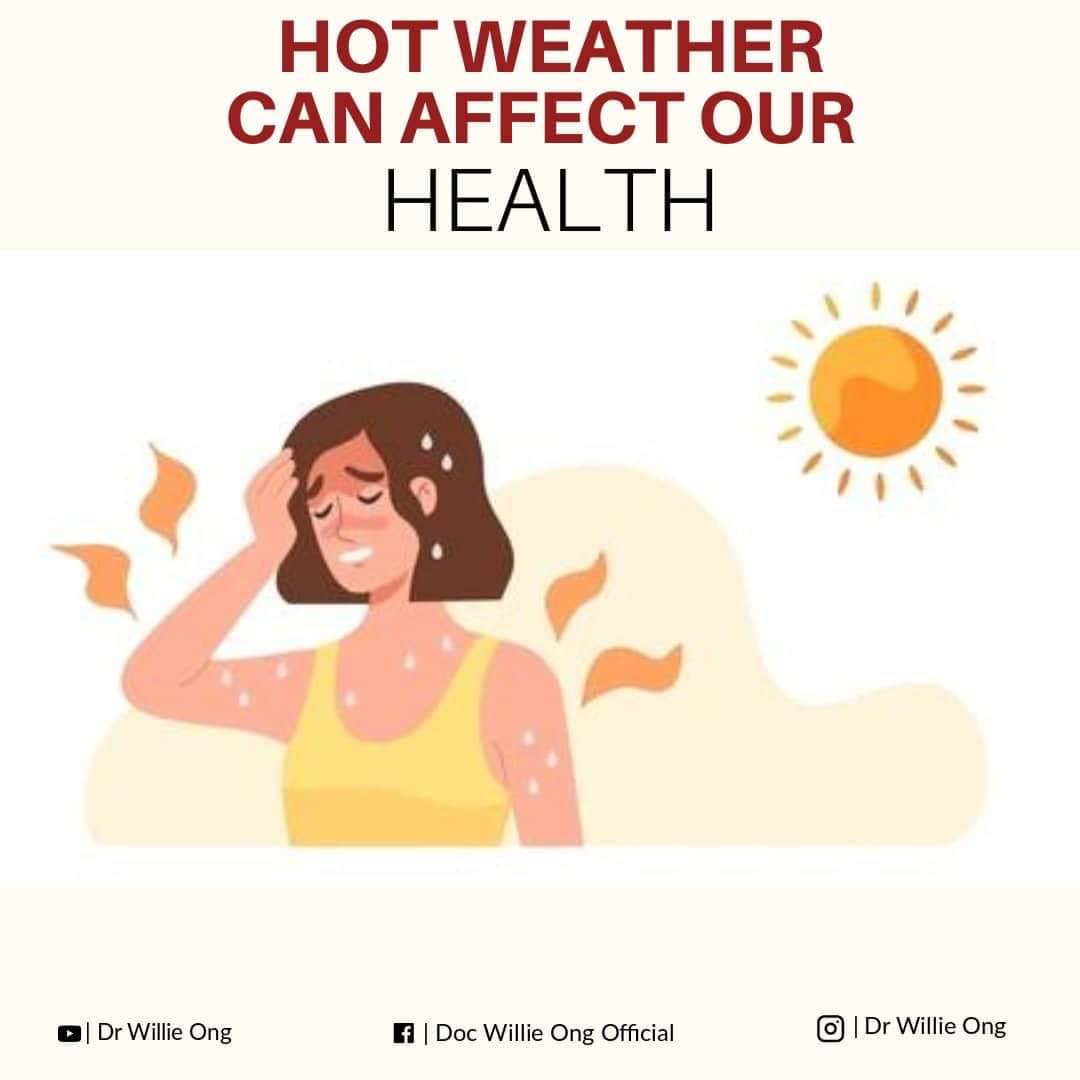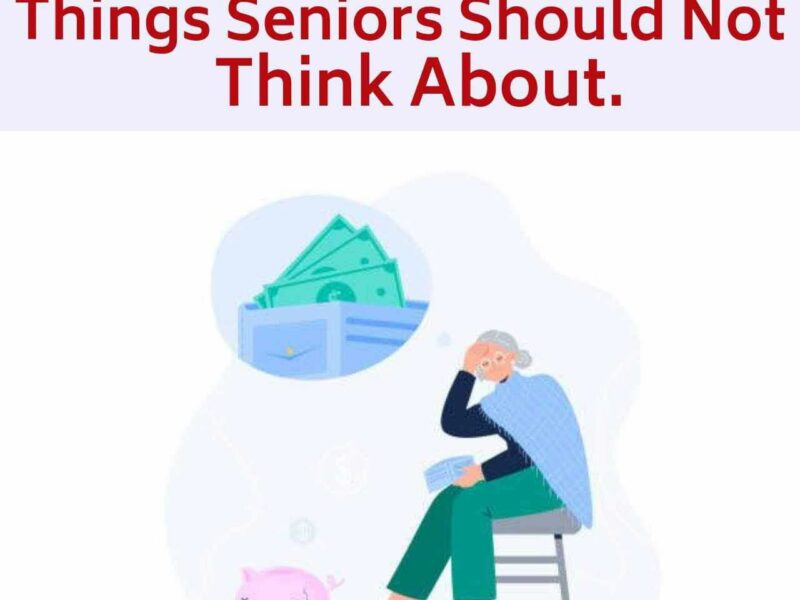By Doc Willie Ong
In the United States, 700 deaths occur yearly due to extremely hot weather. In 2021, dangerously high temperatures were recorded in Washington, Oregon, and Idaho – going as high as 46.7 C. People living in cities are more prone to heat stroke because asphalt stores heat while the sun is up and stops the regular cooling of the environment during the day.
Heatstroke occurs when a person’s body overheats. This is a serious health condition. Victims of heatstroke require immediate emergency assistance. If not treated, heatstroke can lead to damage to the brain, kidneys, heart, muscles, a coma, or even death.
Causes of Heatstroke
The primary cause of heatstroke is long exposure in a hot environment. This typically occurs during the summer when there are prolonged periods of heat. Adults are more prone to heatstroke along with people with chronic health conditions.
Secondly, intense physical activity can also cause a person’s body temperature to rise. Exercising or working long hours under the sun can lead to heatstroke. People who are not used to physical activity or working under the sun are more likely to suffer.
Third, wearing thick clothing and using extra outer clothing can prevent sweat from evaporating and cooling the body.
Fourth, alcohol can affect the body’s ability to properly regulate temperature.
Lastly, being dehydrated or not drinking enough water can also increase the risk of heat stroke.
Symptoms of heatstroke:
- A Body Temperature of 104 F (40 C) using a rectal thermometer
- Sweating a lot
- Having pale, clammy skin
- Confusion, slurred speech, even seizures and coma
- Feeling nauseous and vomiting.
- Rapid heart rate.
- Rapid and shallow breathing
- Being very thirsty
- Headache
- Falling unconscious
Treatment for Heatstroke:
- Bring the person to a shaded area or indoors
- Remove extra clothing
- Cool the person with cold water
- Use a bathtub or do a cold shower
- Use wet towels to wipe the person’s head, neck, body, underarms, arms, groin, and legs
- DO NOT use ice for older people, young children, patients with health conditions, or anybody who had heatstroke without vigorous physical activity. This can be dangerous.
- If the person is young and in good health and suffered a heat stroke during exercise – this is exertional heatstroke. In this case, ice packs can be used
Risk factors of heatstroke to watch out for:
Age.
Infants and children up to four years old, and adults over 65 years old are more prone to heatstroke because their bodies adjust to heat slower than others.
Health Conditions.
People with heart, lung, kidney disease, high blood, diabetes, obesity, underweight, alcoholism, sunburn, and mental illness are vulnerable to heatstroke.
Medicines.
Antihistamines, diuretics, dieting pills, sedatives, stimulants, medication for seizure, high blood pressure medicines like vasoconstrictors and beta-blockers, antipsychotics, antidepressants. Illegal drugs like cocaine and methamphetamine are known to increase the risk of heatstroke. Some medicines can affect the body’s capacity to hydrate and dissipate heat.
Lack of Air Conditioning.
Adequate air conditioning is the best way to cool down and lower humidity.
Ways to prevent heatstroke:
- Wear loose, thin clothes. Thick clothes, extra outer clothes will not allow a person’s body to cool effectively.
- Use protection from sunburn. Being burned by the sun can affect the way the body cools itself. Use an umbrella, buy a hat, wear sunglasses, apply sunscreen lotion with an SPF of 15 and higher. Apply the lotion every 2 hours or more if you’re sweating or swimming.
- Drink water or other fluids. Plenty of fluids helps the body to sweat and maintain a cool body temperature.
- Check the color of urine. Darker urine is a result of dehydration. Drink enough fluids until the urine is lighter in color.
- Avoid caffeine and alcohol because they can make you lose fluids and make heart related diseases worse.
- Spend at least 2 hours a day in a place with good air conditioning. When at home, close the curtains. If the air conditioning can’t handle the heat, you can open your windows.
- Don’t leave children in a parked car. It’s dangerous to leave a child in a parked car during hot weather. Even if the car is under the shade or the windows are down. Temperatures can rise up to 20 degrees F in just 10 minutes.



